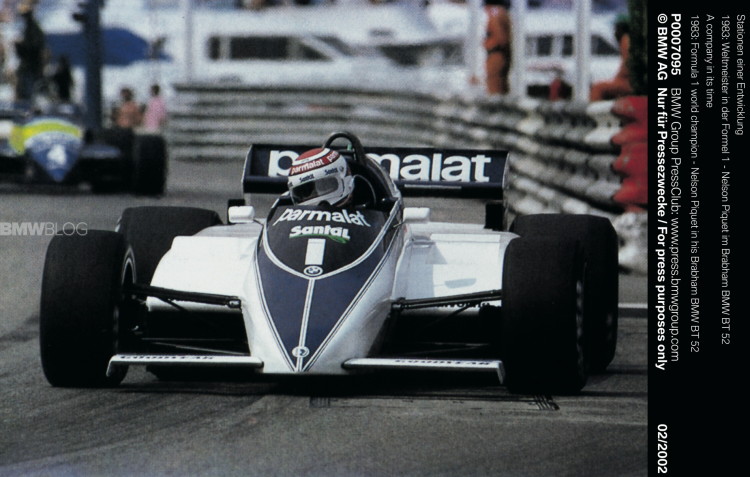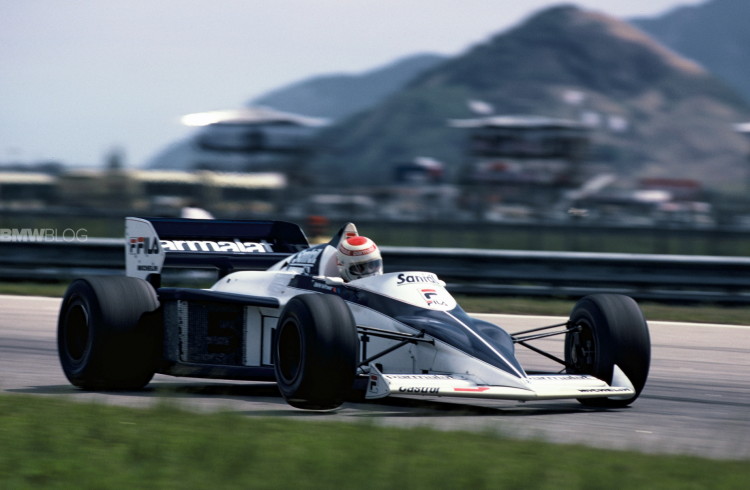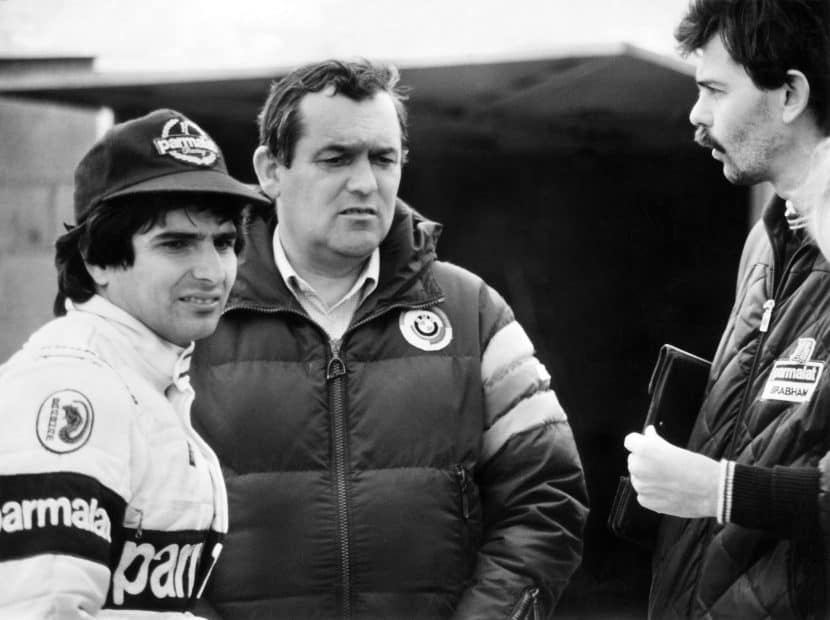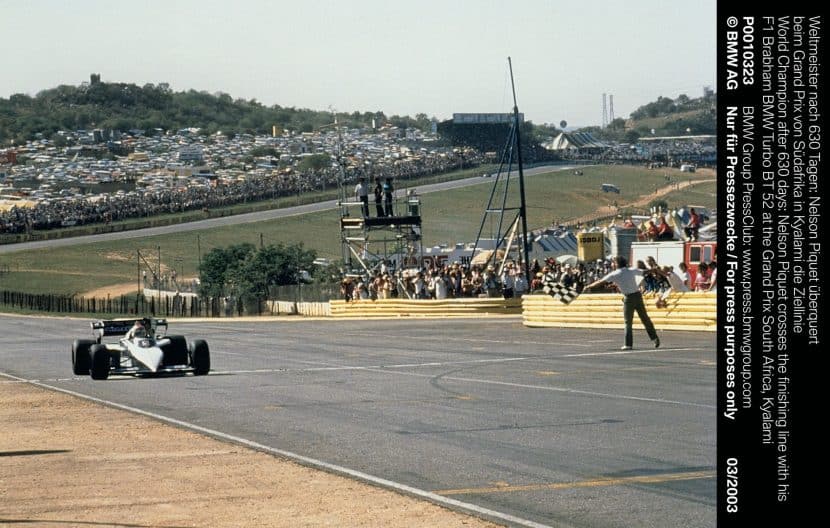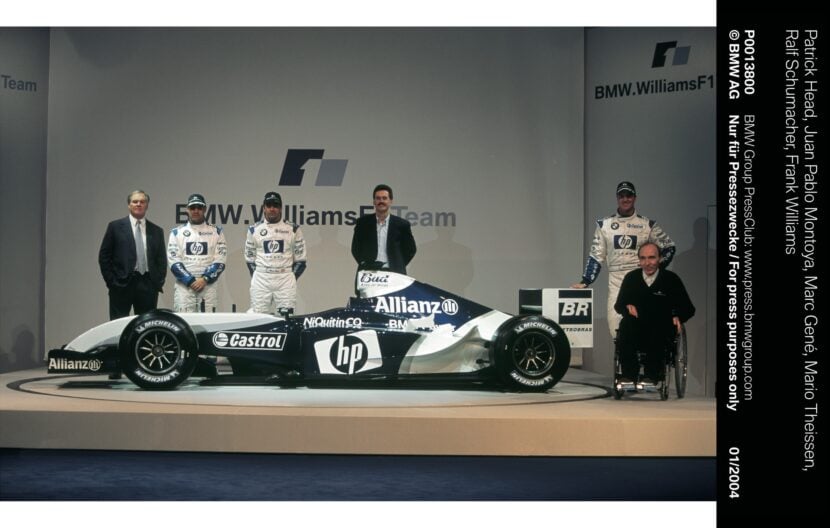Formulation 1 returns to Las Vegas this weekend, a reminder of how completely different the game appears immediately in comparison with the early turbo period. Carbon-fiber hybrids reducing by way of night time avenue lights has nothing to do with the wild, experimental world of the early Nineteen Eighties—an period when BMW gained its first and solely Formulation 1 World Championship. That lone title got here in 1983 with Brabham and Nelson Piquet, powered by a 1.5-liter BMW engine that turned one of the excessive powerplants the game has ever seen.
From a Nineteen Sixties Street-Automotive Block to the Turbo Period
The premise of BMW’s title-winning M12/13 engine traced again to the M10, a easy iron block first used within the early Nineteen Sixties. It was by no means designed for Formulation 1, not to mention for the absurd enhance pressures of the early turbo period. However the block was sturdy, steady, and acquainted to BMW’s engineers. Paul Rosche and his crew turned it into one thing utterly completely different: a compact engine able to producing astonishing energy with out disintegrating—not less than more often than not.
Tales from the interval describe BMW pulling outdated M10 blocks from high-mileage highway vehicles as a result of the steel was already “aged” from years of warmth cycles. Whether or not delusion or fact, it captures the fact of this system: BMW was constructing a jewel-like race engine.
The M12/13: Quick, Fragile, and Sometimes Terrifying
By 1983, BMW’s turbo engine had developed a repute for 2 issues: excessive energy and unpredictable conduct. The only massive KKK turbocharger produced big lag, adopted by a violent hit of enhance. Drivers needed to anticipate the facility supply quite than react to it. The engine was a handful to drive.
In qualifying trim, the M12/13 possible exceeded 1,200 horsepower. No dyno in BMW’s store might measure the complete output; the needle merely ran out of scale. However energy alone wasn’t sufficient. Reliability was the weak spot, particularly early within the season. Engines typically lasted just a few laps at full enhance, and Brabham’s mechanics spent lengthy nights swapping out parts with nearly no margin for error.
Nonetheless, when it held collectively, nothing on the grid might match its straight-line pace.
Gordon Murray’s BT52: Constructed for a New Rulebook
The 1983 season launched new laws that outlawed the dramatic ground-effect tunnels of earlier years. Designers needed to begin over. Gordon Murray, Brabham’s technical director, used the rule change as a possibility. The consequence was the BT52, a slim, sharply tapered automotive designed across the BMW turbo engine. Murray moved the load as far rearward as potential to assist traction underneath full enhance. The automotive ran mild gas masses and used mid-race refueling—uncommon on the time—to maintain it nimble. It wasn’t essentially the most forgiving automotive on the grid, however when the stability was proper, it was brutally quick.
Nelson Piquet: The Driver Who Might Deal with It
The BT52 demanded a relaxed, mechanically minded driver. Nelson Piquet was precisely that. He understood the engine’s conduct, knew find out how to handle temperatures and enhance strain, and by no means panicked when the facility got here in late and laborious.
The 1983 championship battle initially regarded like a Renault–Ferrari battle. Renault began sturdy with Alain Prost main the factors early, and Ferrari had essentially the most dependable package deal. Brabham and BMW struggled with DNFs and inconsistent kind. However because the season progressed, the BMW engine turned extra reliable, the BT52’s setup improved, and Piquet started clawing again factors.
The turning level got here at Monza, the place Piquet’s top-end pace overwhelmed the competitors. From that second, the title battle shifted. Renault faltered late within the season, and by the ultimate spherical at Kyalami in South Africa, Piquet had an actual likelihood. He didn’t have to win—he merely wanted to complete forward of Prost. A measured drive to 3rd place sealed the championship.
It was the primary time a turbocharged engine had ever gained the Formulation 1 World Championship.
Why the 1983 Title Nonetheless Stands Out
BMW returned to Formulation 1 later with Williams within the 2000s after which as a works crew with Sauber. They’d quick vehicles, pole positions, and even a reputable title shot in 2008. However nothing matched 1983. That season stays BMW’s solely F1 championship and one of many defining moments of the early turbo period.
It occurred as a result of an outdated block proved harder than anybody anticipated, as a result of an engineering crew took dangers most producers would keep away from, as a result of Gordon Murray constructed a automotive across the chaos, and since Nelson Piquet understood find out how to drive a machine that rewarded precision quite than aggression.
As Formulation 1 races underneath the lights of Las Vegas, with hybrid techniques and software program dictating the boundaries, it’s laborious to not admire how uncooked and improvised 1983 actually was. Forty-plus years later, it stays one of the fascinating chapters in BMW’s racing historical past—and the one time Munich reached the highest of Formulation 1.




